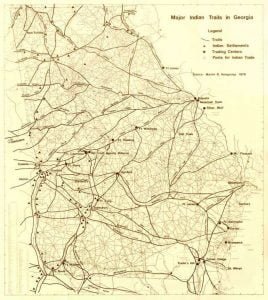The Epic of the Nez Percé
Xenophon has chronicled the retreat of the ten thousand; De Quinces has romanced about the migration of the Tartars; a thousand pens have recorded the annihilation of the Grand Army of Napoleon: the story of Joseph and his Nez Pierces is my theme – the story of the bitterest injustice toward a weak but independent people to which the United States ever set its hand. And at the outset let me confess that I am the advocates do the friend of the Indian, at least in this instance! In 1855, Governor Isaac I. Stevens of Washington Territory negotiated an equitable, … Read more


